Imagine the famous Albert Einstein sitting at his desk, inventing new ideas and complex mechanics no one has ever heard before. He was intelligent and clever, and he knew his way around the vast, vibrant world of science and mathematics unlike anyone else. Of course, Einstein’s probably the first person who comes to mind when somebody mentions the concept of high IQ. But did you know that Einstein, one of the most intelligent and influential people in history, was autistic?
What is neurodiversity?
Neurodiversity is a term that describes a group of people whose minds function in a unique way. They communicate, learn, think, and see the world in a perspective that isn’t like everybody else’s. There’s a good chance you might be neurodivergent, as one in seven or 15-20% of the population are as well [Neurodiversity is sometimes referred to as disabilities too, so this article will be alternating terms]. While there is a wide range of categories disabilities can come in, we’ll only mention some of the most common ones.
The different types of disabilities are physical, sensory, cognitive, neurological, and invisible. Most of them are self-explanatory, but let me describe them further. Cognitive disabilities are disabilities related to the brain, while invisible disabilities are conditions that are, well, invisible, like depression or anxiety. Some disabilities are neurological, which means disabilities that are caused by the nervous system, such as Cerebral Palsy [CP] or Autism [ASD]. Sensory are conditions that are associated with your five senses, either creating an overflow of them or a lack in one or more. Lastly, there’s physical disabilities, like impaired movement, loss of limbs, or arthritis.
Now as mentioned before, we’ll dig in deeper into some common conditions.
Autism
Autism, which we mentioned in the introduction, is a condition that affects communication and interaction. Symptoms may include repeated behaviors, fascination with select topics, and struggles with social scenarios. However, autism shouldn’t be looked down on. Instead, we should celebrate their strengths and skills, such as vibrant creativity, incredible attention to detail, and amazing memory. The autistic community also excels in visual learning, often skilled with anything that has to do with numbers and patterns. Many people with autism can distinguish smells and sounds from mixed environments, such as hearing a specific person out of a crowd or smelling a rose in a dump. April 2nd is Autism Awareness day, so be sure to congratulate the many students in school who have families with autism, and those who themselves are autistic!
ADHD
I’m pretty sure most of the people reading this article have heard of ADHD, as it’s commonly mentioned on the internet. ADHD, also known as attention-deficit-hyperactivity-disorder, is a chronic condition where an imbalance between neuron networks causes messages and functions to work less effectively. This condition is known to create impulsivity, difficulty to focus, and often acting without thinking. Some skills that people with ADHD tend to have are large amounts of energy and enthusiasm, intuition, and beautiful bucketloads of empathy. While many only see this condition as disruptive and mischievous, it’s often the opposite. Those who have ADHD can multi-task easily, find solutions to situations that no one else could think of, and turn absolute chaos into understandable terms. ADHD is truly remarkable and one of a kind!
Dyslexia/Dyscalculia/Dyspraxia/Dysgraphia
In an attempt to keep this article short and sweet, we’ll bundle up dyslexia, dyscalculia, dysgraphia, and dyspraxia into this one section. So let me quickly explain them: Dyslexia is trouble with reading, and dyscalculia is difficulty with math. Dyspraxia weakens motor skills, and dysgraphia is trouble with putting thoughts on paper. All four of these conditions are different, but lay in the same category of learning disabilities. Not all of us learn and process information at the same rate, so it’s important to recognize this large community of people, and bring their strengths into light! A skill common in these conditions is excellent problem solving, but let’s not forget their own unique strengths. People with dyslexia are amazing in big-picture thinking, which is focusing on the whole idea instead of tiny details, emphasizing their problem-solving skills. Dysgraphia highlights the importance of tales and stories, as people with said disability are incredibly skilled in storytelling and keeping someone entertained for long periods of time. Those who have dyscalculia are exceptional at any creative task, such as arts and crafts, literature, architecture, and more, often looked up to by peers! Lastly, people who have dyspraxia have an outstanding abundance of determination and persistence, known for their effort and hard work on anything they put their mind to.
Cerebral Palsy
Cerebral Palsy is a common physical condition that weakens the muscles, posture, and motor skills, often leading to the use of a wheelchair for many people. Over 18 million people have CP, all ranging in the four different types: spastic, dyskinetic, ataxic, and mixed. Some additional conditions that may come from it are sensory impairments, epilepsy, and seizures. However, while many think that people who have Cerebral Palsy can’t live to their full potential, there are thousands, like Stephen Hawking or Bonner Paddock, who accomplished great feats that neurotypical people (those are people that don’t have disabilities) didn’t reach before!
Down Syndrome
Last but never least, let’s talk about Down Syndrome! Down Syndrome is a condition that’s caused when a cell division results in excess genetic cells. In simple terms, cells get leftover from a large, parent cell as it divides into two daughter ones. People with Down Syndrome often have a smaller height, talk to themselves as a different way of processing information, and repeat motions they find enjoyable [also known as stimming]! More than six million people in the world have Down Syndrome, all with their own talents and unique abilities that others often miss. For one, many who have Down Syndrome have large amounts of empathy and social comprehension, able to read people’s emotions more easily than others. They also have a vast world of creativity and imagination inside their heads, activating their love for poetry, art, and stories. Let’s not forget their cheerful personality that’s always quick to smile and laugh, no matter the situation! Their positive outlook on life never fails to lighten up others’ moods.
History
Now’s a good time to quickly mention some historical figures who you’ve heard so much about in your lives, and reveal their hidden disabilities! We talked about Einstein in the beginning of this article, who also had Dyslexia, Dyspraxia, and ADHD. But there are many others out there we need to address! Some famous autistic figures you need to know are Issac Newton, Elon Musk, Bill Gates, Wolfgang Mozart, and Nikola Tesla! They are famously known for helping the world to where it is today with their fascinating contributions. ADHD has its own share of history, with Michael Jordan, John F. Kennedy, and Leonardo da Vinci, influencing sports, politics, and art as we know it today. For Dyscalculia, Dyspraxia, Dysgraphia, and Dyslexia, we have Benjamin Franklin, Thomas Edison, Agatha Christie, and Tom Cruise! There’s also Nicholas Hamilton and Abbey Curran for Cerebral Palsy. Lastly, for Down Syndrome, there’s Jamie Brewer, Pablo Pineda, and Madeline Stuart! An interesting fact to end this section off is a neurodivergent king of old. One of Egypt’s most known pharaoh’s, King Tut (Tutankhamun), was disabled with a club foot.
Gibbons’ Own Neurodivergent Community!
Gibbons Middle School is incredibly neurodiverse, flourishing with all kinds of mindsets! Many of them we are yet to recognize, especially those who have families with disabilities. While there are many neurodivergent people in the hallways of our own school, many of them decided to stay anonymous. But for those who wished to share, we’ll mention them! Ben Lahue, Alexis Lovely, and Julianna Cano all have ADHD, with a number of others who wished to stay anonymous. Julianna and Alexis also have Autism as well! For migraines, there are MANY who have them, such as Sophia Ji and I. I think it’s safe to say that there is at least one neurodivergent student in every one of your classes!
For those who have family members with disabilities, here are some thoughts we’ve gathered from our students:
Alexis Morales Perez, a seventh grader on the Red team, is only one of the many who has siblings with disabilities. His brother has down syndrome. Taline Kopoyan on the Yellow Team has a brother with Cerebral Palsy with intellectual disability [ID] and he also has Cerebral Visual Impairment (CVI) that affects his vision. Bhavya Kamakolanu, who’s on the Orange team, has a brother with Autism and ID. Mariangel, also has a sibling with Autism and intellectual disabilities. While the four of us have brothers who can’t explain their thoughts and beliefs through words, we still want people to be aware of who they are and to look past their disabilities. Alexis Morales illustrates, “We can be the voice for our sisters/brothers, family members, and other people with disabilities. We can make that difference because we feel close to them. All together, we can make that change.”
If you see someone that has a disability, please, please, please don’t be weird. Just be normal, treat them like you would treat the rest of us. While some might be non-verbal, they can understand what you’re saying as clearly as the rest of us. Even if they are not looking at you, they’ll still be listening most of the time. Since both our brothers have a disability, we know that a lot of the time people only stare, never coming over to say hello. One of the best feelings in the world for me is when people come over and start talking to my brother. We believe that everyone should be included and offered the same opportunities as everyone else.
Thank you for reading our article! Don’t forget that neurodiversity is a superpower!
[Here are pictures of our brothers!]
Adam – Taline’s brother!
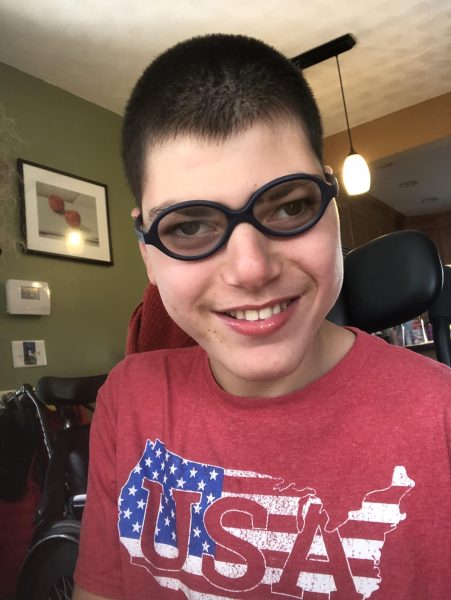
Juanpa/Juan Pablo – Mariangel’s brother!


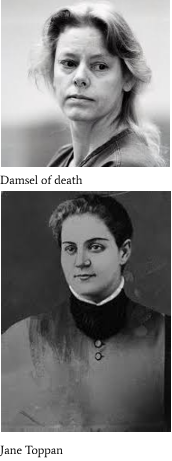

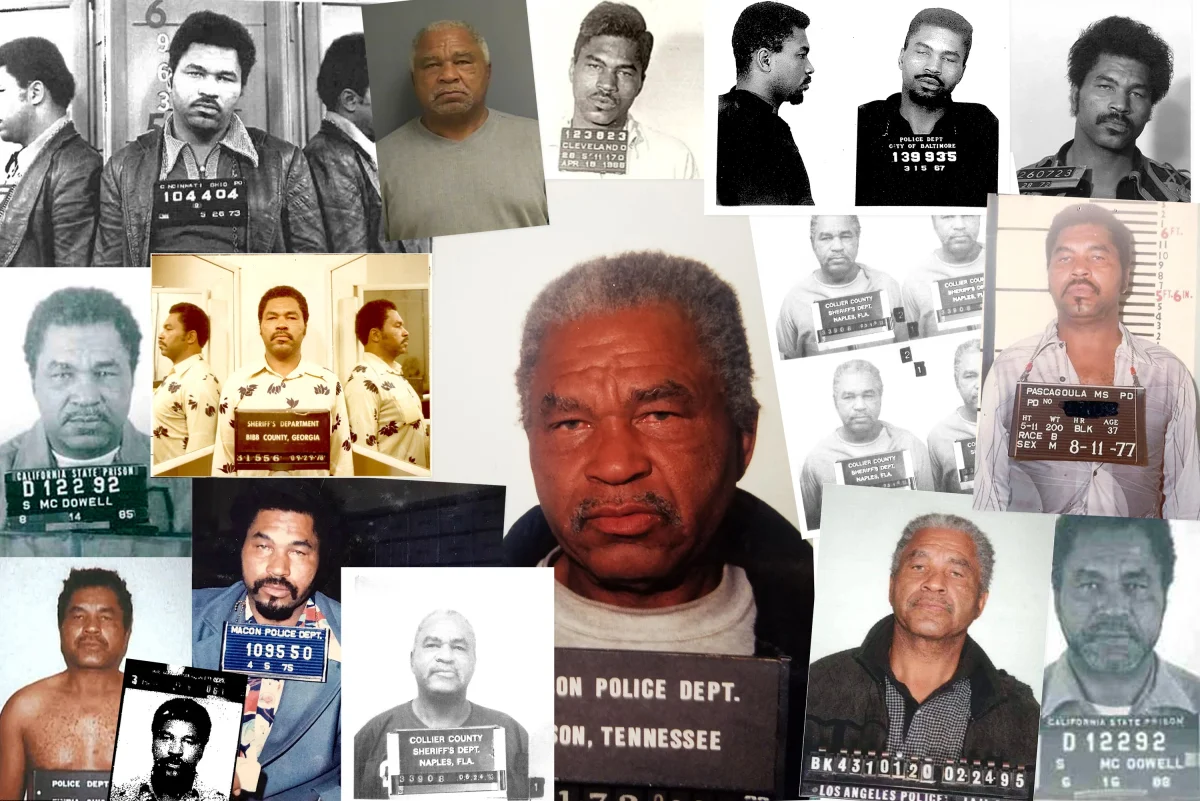
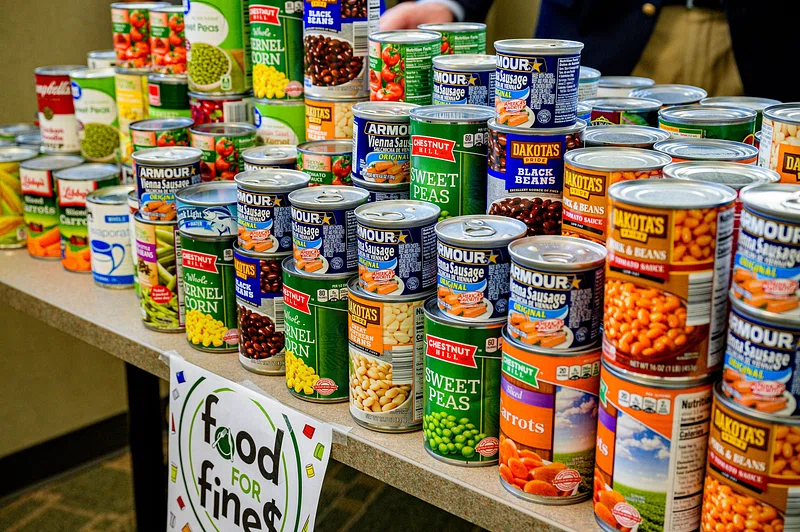

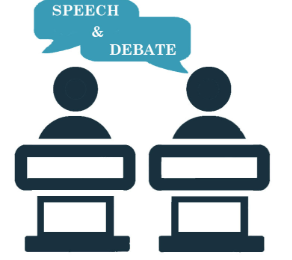


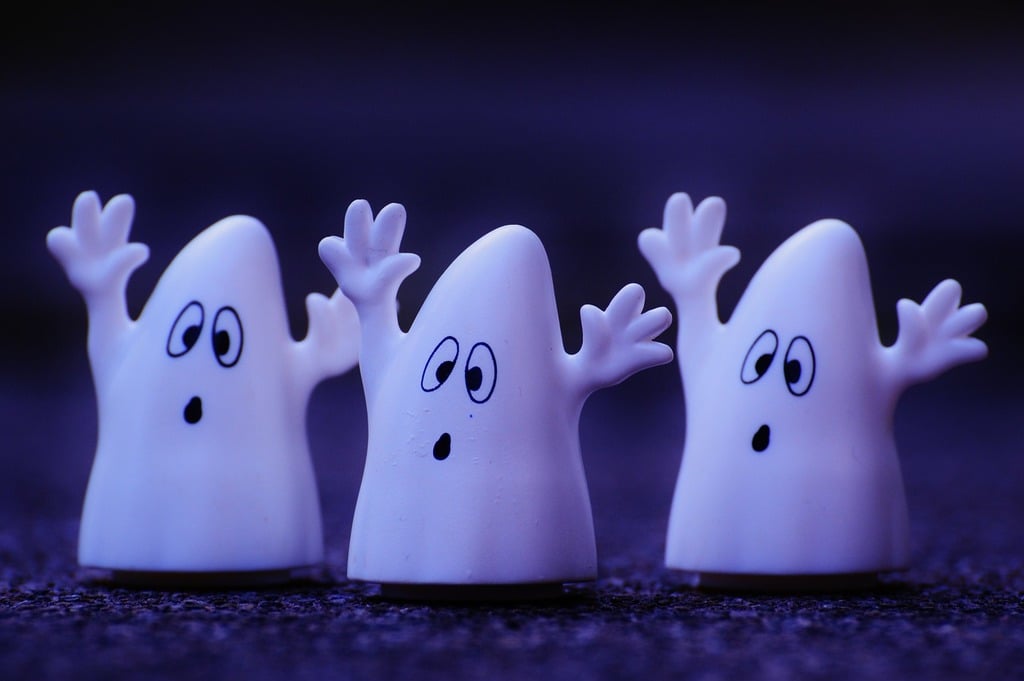
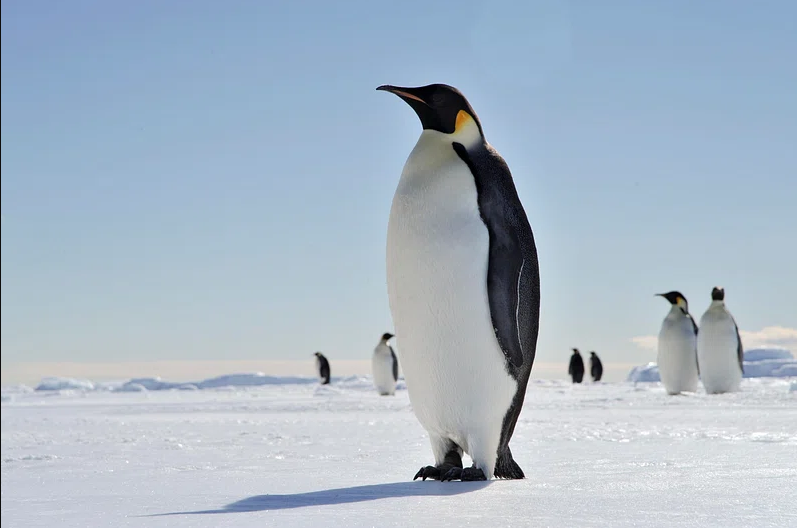
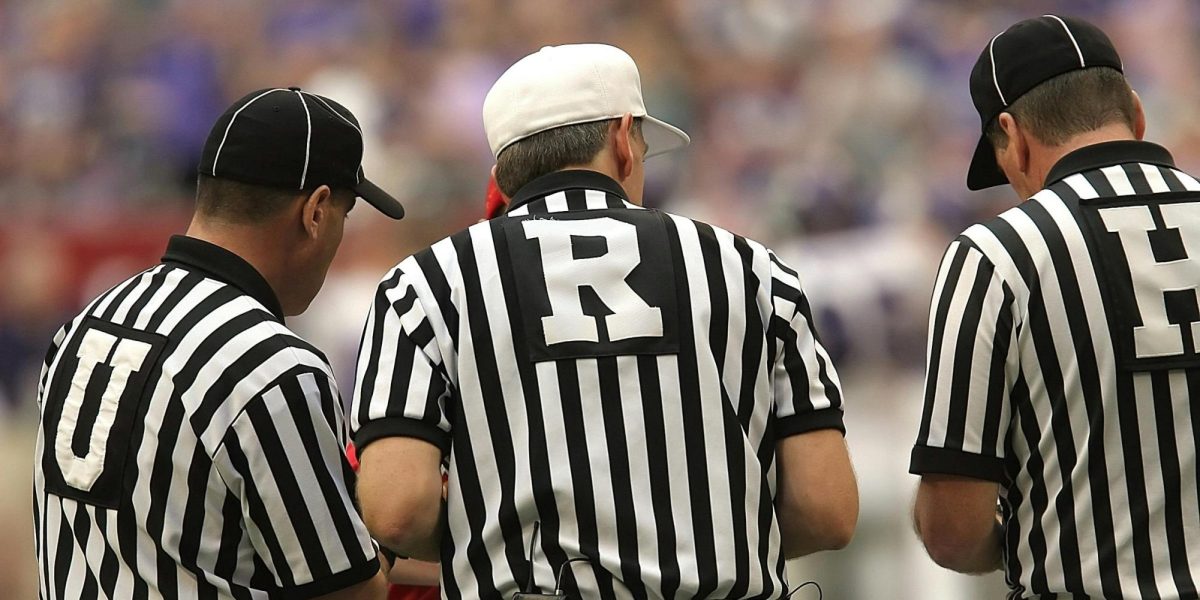
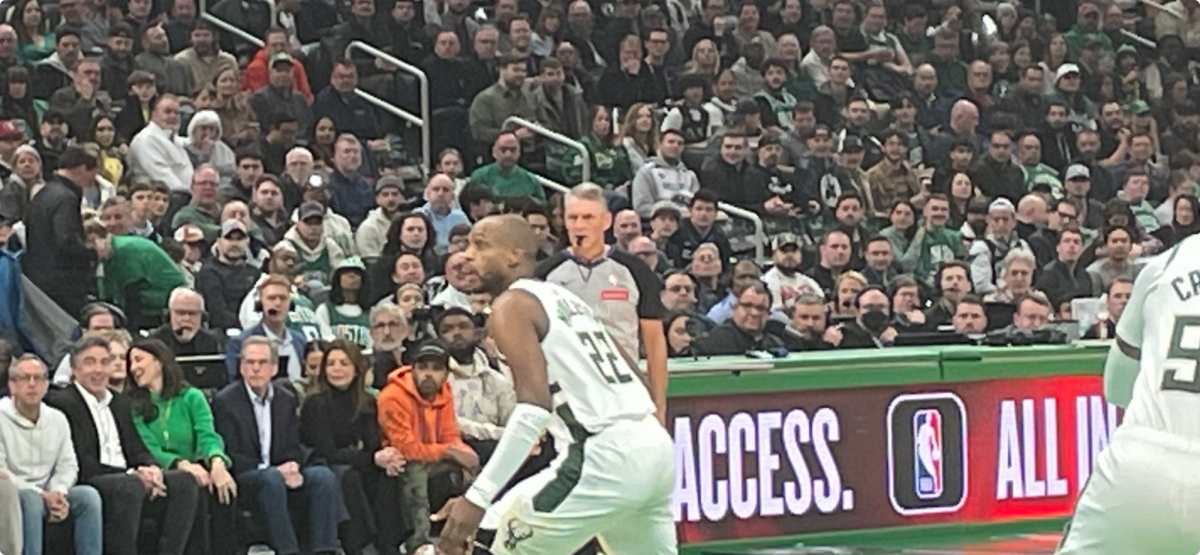
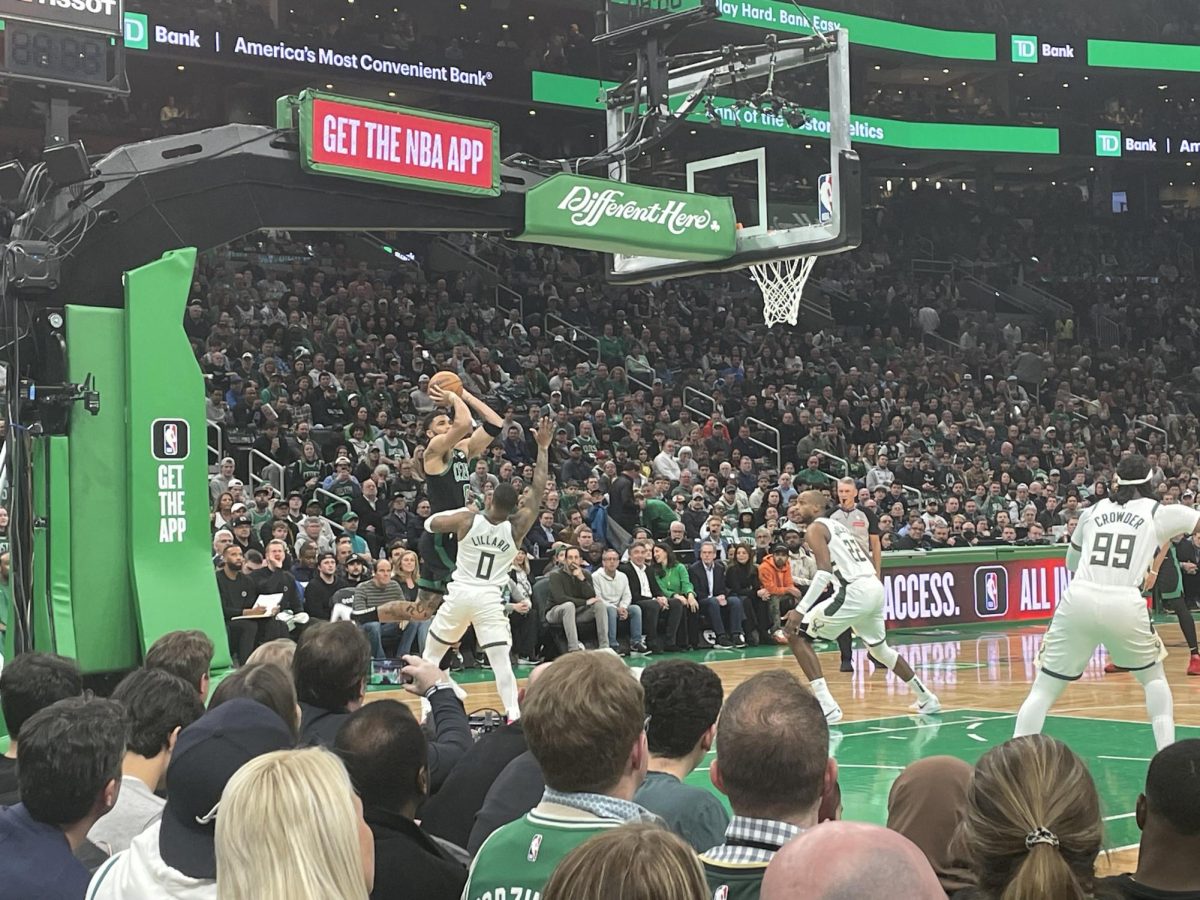
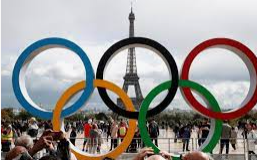

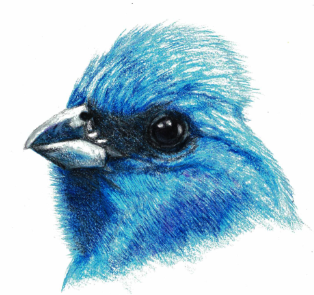



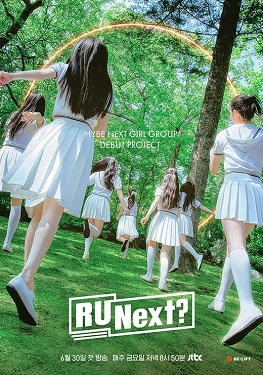




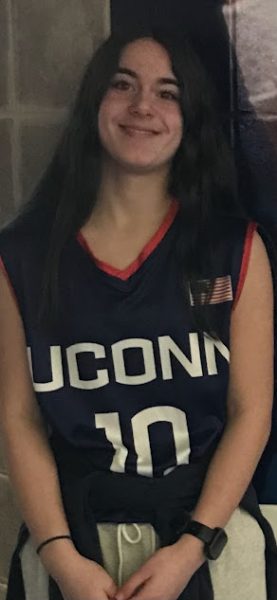
Julianna Cano • Apr 26, 2024 at 7:00 am
Thank you, Mariangel and Taline for bringing your insights on neurodiversity to our attention. It is essential to cultivate empathy towards individuals with neurological disabilities and treat them with the utmost respect. Regardless of whether one is dealing with conditions such as ADHD or Cerebral Palsy, it is crucial that we maintain a culture of inclusivity and respect for all individuals.